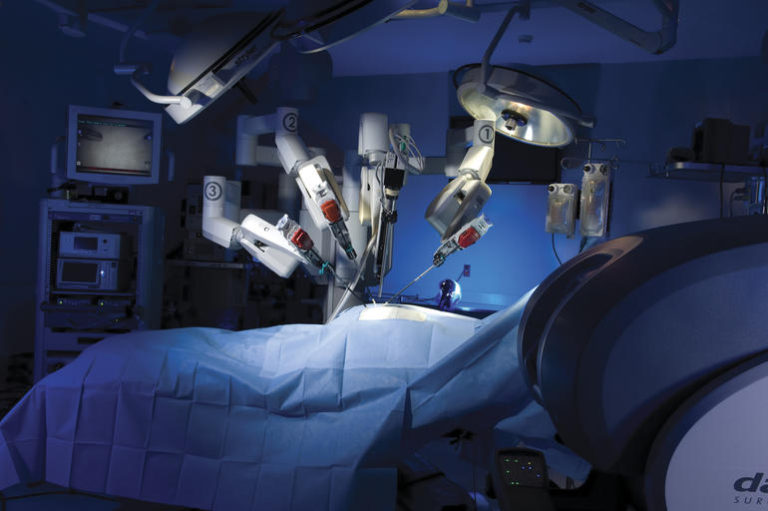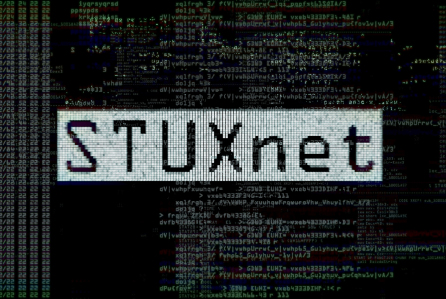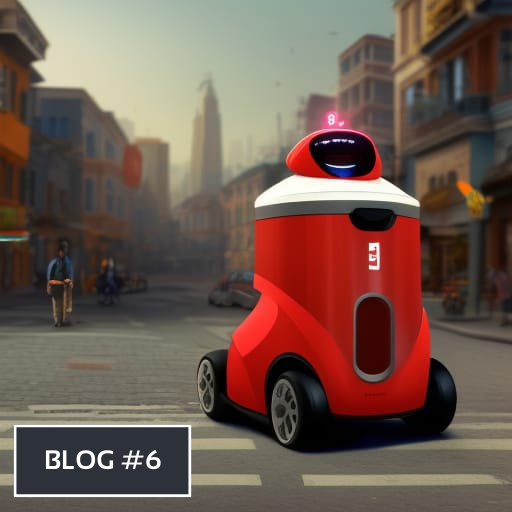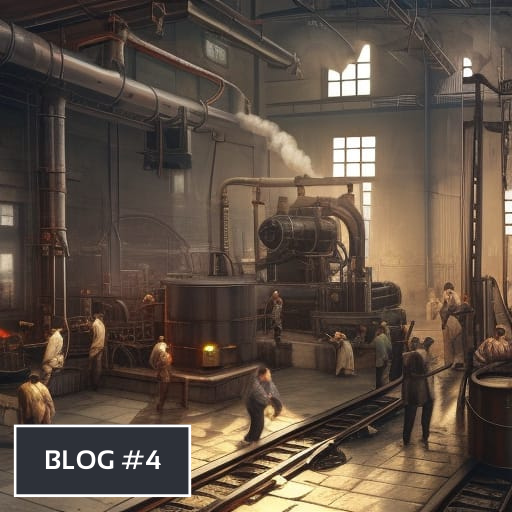Introduction
I think by now anyone paying attention to the impacts of Covid-19 has seen that automation technologies have seen an increase in demand and application across many industries. If by any chance you haven’t heard about this I recommend the 2 podcast episodes (How the Coronavirus is Speeding up Technological Innovation & How Automation will look like in our Post-Virus Future) where I’ve focused specifically on this as the pandemic has evolved. Additionally many of my recent guests have spoken to the impacts in their specific industry as well
Where these technologies have seen the most interesting adoptions is perhaps in our essential services sectors. With the new social distancing measures, sick or quarantined workers, or the labour gap experienced by the rapid expansion in demand of these services, automation technologies have found their way into the most fundamental pillars of our society faster and at a larger scale than at any other time. And with good reason, they are making up for the lack of human workers and even increasing efficiency, productivity, and reliability where they are being applied which benefits everyone involved.
But is There a Problem With This?
If these technologies are now starting to support our essential services, and we become more and more reliant on them, a fundamental problem arises in the level of associated risk with their use.
To give an example of this risk think about the difference between automated agricultural harvesting versus automated retail cashiers. With the agricultural example, deep and large scale social disruption can occur if something goes wrong and the technology fails, whereas a sale simply doesn’t take place with the automated cashier example. This of course assumes no backup option exists. But currently we have many stores with a self-checkout option AND a human cashier, so a simple out of order sign on one or two machines doesn’t perturb the flow of consumers.
If these technologies are now starting to support our essential services, and we become more and more reliant on them, a fundamental problem arises in the level of associated risk with their use.
Thankfully, at the current time the same is true for our agricultural system. Automated harvesters, vertical farm systems, and even robotic pollinators are being rolled out or designed but the majority of work done is still overseen directly by human farmers. But as we are seeing now more than ever, these human workers are being phased out or are having their jobs radically altered to focus mostly on management of the ever more complex arrangement of automated tools. And it is as this trend continues that systemic fragility enters the picture.
Systemic Fragility
As discussed by James P. Crutchfield in his 2009 article “The Hidden Fragility of Complex Systems”, the more sophisticated and interlocking a system becomes, the more points there are that can be co-opted which leads to vulnerability for the entire system. In a Nostradamus-like manner, Crutchfield pointed to our public health system becoming fragile due to intercontinental travel essentially interlinking our planet together, enabling a distant potentially virulent disease to backpack on these connections and threaten the system (He was using the H1N1 virus as an example, but it is clear that Covid-19 fits the prediction better here). Covid-19 is perhaps a perfect example as we saw the majority of the world grind to a halt in a matter of weeks once the virus escaped Wuhan. This is the essential point. An increase in sophistication or complexity leads to an increased possibility of an entire system to be taken down. Crutchfield explains that this may be a fundamental aspect of human built systems, that our inability to see all the possible variables irrevocably leads to systemic fragility. However, it would stand to reason that at least some risks can be identified early enough and solutions or measures to deal with the risk can be implemented.
My main concern, and the initial reason for this blog post, is the speed at which these technologies have been implemented in our essential services, is building up a systemic risk. Now I am personally in favour of automation technologies being introduced into essential services. I think the arguments made for their use have been justified especially in light of how most have been successful in helping out with the problems resulting from Covid-19 or in combating the virus directly.
An increase in sophistication or complexity leads to an increased possibility of an entire system to be taken down
However, as these benefits continue to be known and shared, the scale of implementation will also increase. And again, though entirely justified, it is possible that adoption of all these automated technologies is actually opening us up to various, even unknown, forms of risk by making our global system more fragile. One specific action is however already known and has the potential to increase along with the rise of automation systems.
Cyber Security Issues
The first telesurgery took place in 2001 with a surgeon in New York successfully removing the gall bladder of a patient in Strasbourg in France, more than 6,000 kilometers away. Since then surgery robots have grown in use. The International Federation of robots (IFR) reported that in 2018, 2% of the total unit sales of professional service robots were surgery robots (some 5100 units, 50% more than the previous year). And calls for their further use due to Covid-19 have gone out as their smaller incisions lead to shorter recovery times. That said, in 2015 a well known hacking case of a remotely operated surgical robot took place that enabled the hackers to disrupt and completely take control of the robot. This case occurred 5 years ago and raised the attention of the cybersecurity issue with these types of robots and much work has gone into making them more secure today, but the problem remains. Sticking to the medical industry the problem is added to with the continued use of robotics to disinfect hospitals, and even deliver food to staff, though less problematic than the surgical robot example. If this was possible with a surgical robot, which one would assume would have much higher levels of security, the same worries can be applied to agriculture, delivery/logistics, transportation, waste removal, and other essential service sectors, with even higher levels of probability.

Fortunately as the autonomous vehicle space has been receiving so much publicity over the last few years the issue of cybersecurity is quite well understood. So much so that Tesla which is regarded by many to be leading the autonomous vehicle race even put up a half million dollar bounty for anyone able to fully compromise their Model 3. This is an increase from the previous year’s challenge which saw a successful team walk away with an actual Model 3 as the prize for a lower level hack (but nonetheless still successful)
One final point regarding the cyber security concerns is connected to the well known Stuxnet virus from around a decade ago. If you aren’t familiar with this I recommend a terrific documentary, “Countdown to Zero Day: Stuxnet and the Launch of the World’s First Digital Weapon” if you want to learn more. But essentially a Israel/US computer virus was developed to disable Iranian nuclear energy/weapons development by manipulating valves and centrifuges to cause physical damage and disrupt or even destroy important parts of the plants. It succeed in part in doing so (roughly a fifth of Iran’s centrifuges) but then spread beyond Iran and disrupted other computers across the world, including the USA. To connect back to the initial idea, specific targeted hack isn’t the only risk with heavily automating essential services, there exists also the possibility of agentless rogue viruses like the Stuxnet virus. Though this is of course speculative it is nevertheless important to raise as we depend more and more on these efficiency increasing machines.

Overall, Covid-19 has increased the need for automation technologies in all areas, especially our essential services, faster and at greater scale than before the global pandemic. The benefits will continue to be realised and shared, precipitating a further uptake of these technologies but at the risk of becoming highly reliant on them. If this were to happen the issue of systemic fragility arises where the complexity, sophistication, and connectivity of our various fundamental systems lead to an increased risk in total collapse. This is best showcased with the global transportation system allowing Covid-19 to hitchhike to every corner of the globe in a matter of mere weeks, and the more digitally connected and reliant we become may lead our systems open to digital viruses and targeted attacks, as exemplified by the corruption of surgical robots and self driving cars, but also of self-replicating directionless viruses like Stuxnet.
As we go forward and enjoy the benefits and vast improvements that these automation technologies confer on us and our society, it is ever more important to be aware of and deal with the overall risk associated with their implementation.







